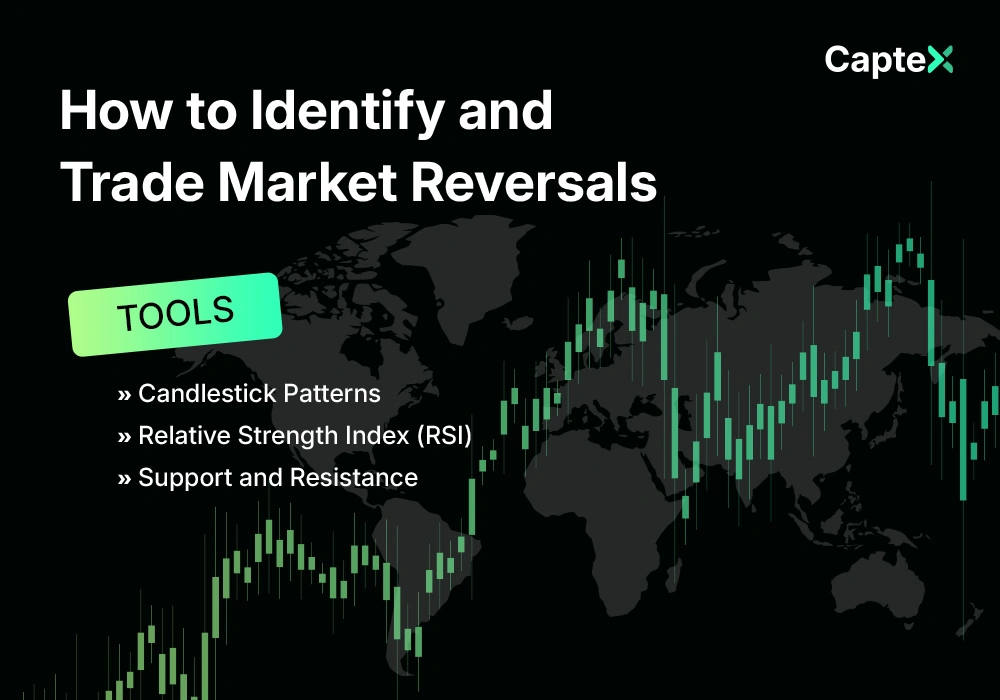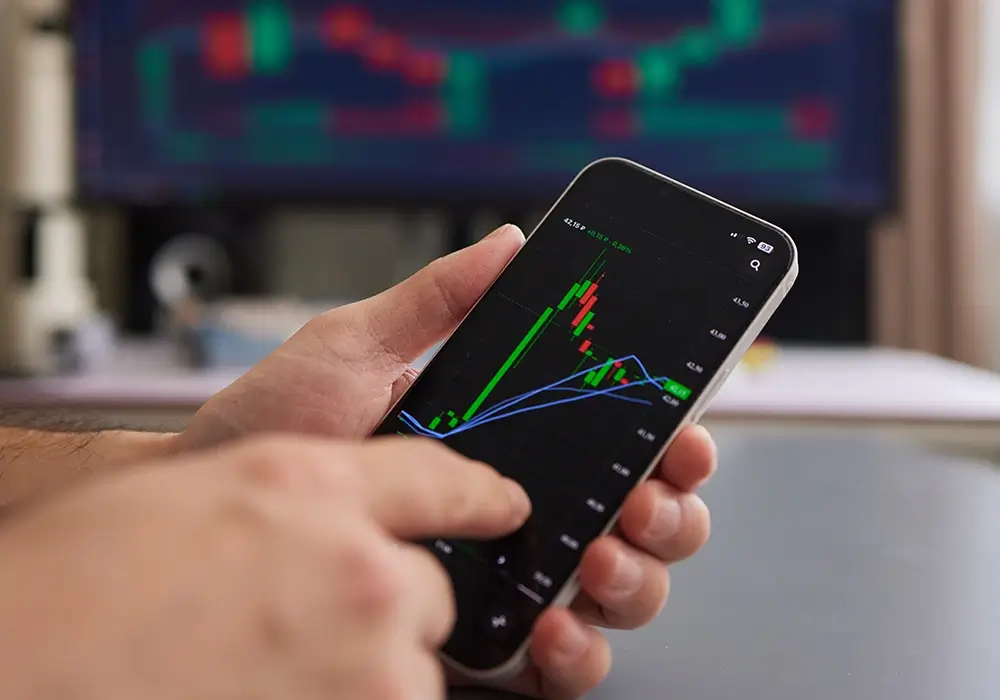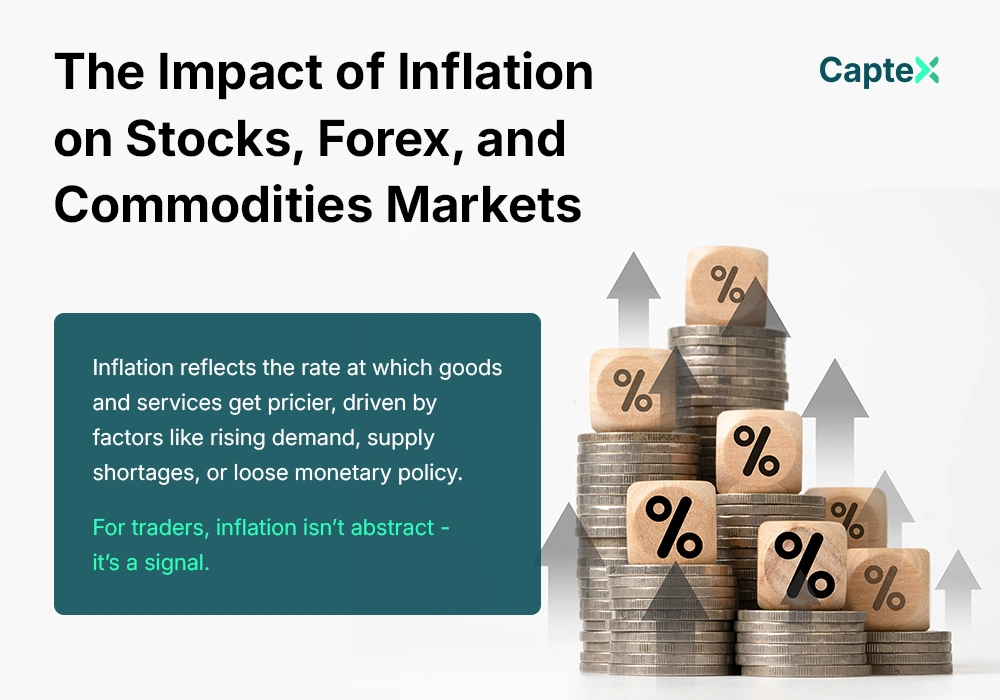Market reversals represent pivotal moments where price trends shift direction, offering traders substantial opportunities to profit or avoid losses. Mastering how to identify and trade market reversals is a critical skill for success in the fast-paced online trading environment of 2025. These turning points, whether from bullish to bearish or vice versa, demand keen observation and strategic execution.
Online trading platforms provide advanced charting tools and real-time data, enabling traders to spot and act on reversals across forex, equities, and cryptocurrencies. Driven by factors such as economic shifts, sentiment changes, or technical exhaustion, reversals can yield significant returns when approached methodically. This article explores the techniques and strategies to recognize and trade these critical junctures effectively.

Understanding Market Reversals
A market reversal occurs when an established trend—upward or downward—loses momentum and changes course. For instance, in 2023, Bitcoin’s rally to $60,000 reversed sharply to $40,000 as regulatory concerns mounted, catching unprepared traders off guard. Conversely, a 2024 forex reversal saw EUR/USD climb from 1.05 to 1.10 after a dovish ECB statement.
Reversals stem from supply-demand imbalances, often triggered by news events, overextension, or psychological thresholds. Identifying these shifts early allows traders to position themselves advantageously before the broader market reacts.
The Significance of Early Detection
Spotting a reversal ahead of the curve can mean the difference between profit and loss. A trader who recognized the 2022 equity bearish reversal in the Nasdaq at 14,000 shorted the index, gaining as it fell to 11,000. Missing the signal risks riding a losing trend or entering too late.
Early detection also mitigates risk. Anticipating a 2025 cryptocurrency reversal at $70,000 could prompt an exit, preserving gains from a prior uptrend. Precision in timing enhances both offense and defense.
Tools for Identifying Reversals
Effective identification relies on a combination of technical indicators and chart patterns, widely accessible on trading platforms. These tools provide objective signals amid subjective market noise.
- Candlestick Patterns: Reversal patterns like doji, engulfing, or hammer candles signal shifts. A 2024 forex trader spotted a bearish engulfing pattern on USD/JPY at 150, shorting it to 145.
- Relative Strength Index (RSI): Divergence—price rising while RSI falls—flags exhaustion. In 2025, an RSI divergence on gold at $2,100 preceded a $100 drop.
- Support and Resistance: Price rejecting key levels often triggers reversals. A 2023 equity trader sold Tesla at $300 resistance, catching a 10% decline.
These indicators, when cross-verified, strengthen reversal predictions.
Recognizing Reversal Patterns
Chart patterns offer visual cues of impending shifts. The head and shoulders pattern, for example, marked a 2022 stock reversal in Apple at $170—traders who shorted reaped gains as it fell to $140. Double tops or bottoms also signal turnarounds; a 2024 crypto double bottom at $30,000 launched Bitcoin to $40,000.
Wedges and triangles tighten before reversing. A 2025 forex trader might eye a contracting wedge on GBP/USD at 1.25—breakout direction dictates the trade. Mastery of these formations sharpens reversal trades.

Strategies for Trading Reversals
Once identified, trading reversals requires a clear plan. Below are actionable strategies to execute effectively.
Fading the Trend
This involves trading against the prevailing trend at exhaustion points. A 2025 equity trader might sell a stock at $80 resistance after a 20% rally, expecting a pullback to $70. Confirmation—RSI above 70 or a reversal candle—reduces false signals.
Breakout Confirmation
Reversals often follow a break of trendlines or key levels. In 2024, USD/CAD broke below 1.35 support—traders shorted, riding it to 1.30. Entry after a retest (e.g., 1.3550) ensures the move’s validity.
Countertrend Scalping
For quick gains, scalp the reversal’s early phase. A 2023 crypto trader bought Ethereum at $1,800 after a hammer candle, selling at $1,900 within hours. Tight stops—$1,780—limit exposure in volatile swings.
Risk Management in Reversal Trades
Reversals carry uncertainty—false signals abound. Robust risk controls are essential to protect capital.
- Stop-Loss Placement: Set stops beyond reversal points—above resistance for shorts, below support for longs. A 2025 forex trader stopped at 1.2550 on a GBP/USD long at 1.25, capping loss at 50 pips.
- Position Sizing: Risk 1-2% per trade. On a $10,000 account, $100-$200 exposure absorbs volatility without devastation.
- Trailing Stops: Secure profits as reversals unfold. A 2024 stock trader trailed from $50 to $45 on a short, locking in gains.
These measures balance reward with safety.
Incorporating Market Context
Technical signals gain power with context. Economic news—like a 2025 Fed rate cut—might reverse USD strength, boosting gold. Sentiment shifts on platforms like X can precede reversals; a 2024 crypto sell-off followed bearish chatter.
Blend these cues. A 2023 forex trader paired a USD/JPY double top with a strong yen policy hint—shorted at 148, hit 142. Context refines timing.
Developing Proficiency Through Practice
Skill in reversal trading builds through repetition. Simulated environments let traders test setups—spot a 2025 equity head and shoulders, trade it risk-free. Lessons from false breaks, like a 2024 forex whipsaw, refine instincts.
Live practice with small stakes hones execution. A 2023 trader risked $50 on a gold reversal at $1,900—gained $75, learned patience. Consistency emerges from deliberate practice.
Avoiding Common Pitfalls
Reversals tempt overeagerness. Jumping early—before confirmation—burned a 2024 crypto trader at $50,000; Bitcoin hit $55,000 first. Overtrading multiple signals dilutes focus—stick to high-probability setups.
Patience and selectivity matter. A 2025 forex trader might skip a weak RSI signal, waiting for a trendline break. Discipline trumps haste.
The Reversal Advantage
Mastering how to identify and trade market reversals unlocks significant potential. A 2025 forex trader might turn $500 into $1,500 shorting USD/CAD from 1.40 to 1.35, while an equity trader gains 15% on a stock drop from $100 to $85. Timing the turn is the edge.
Start today. Watch a 2025 reversal—gold at $2,200, RSI divergence—trade it small. Reversals are your pivot—catch them, profit big.





